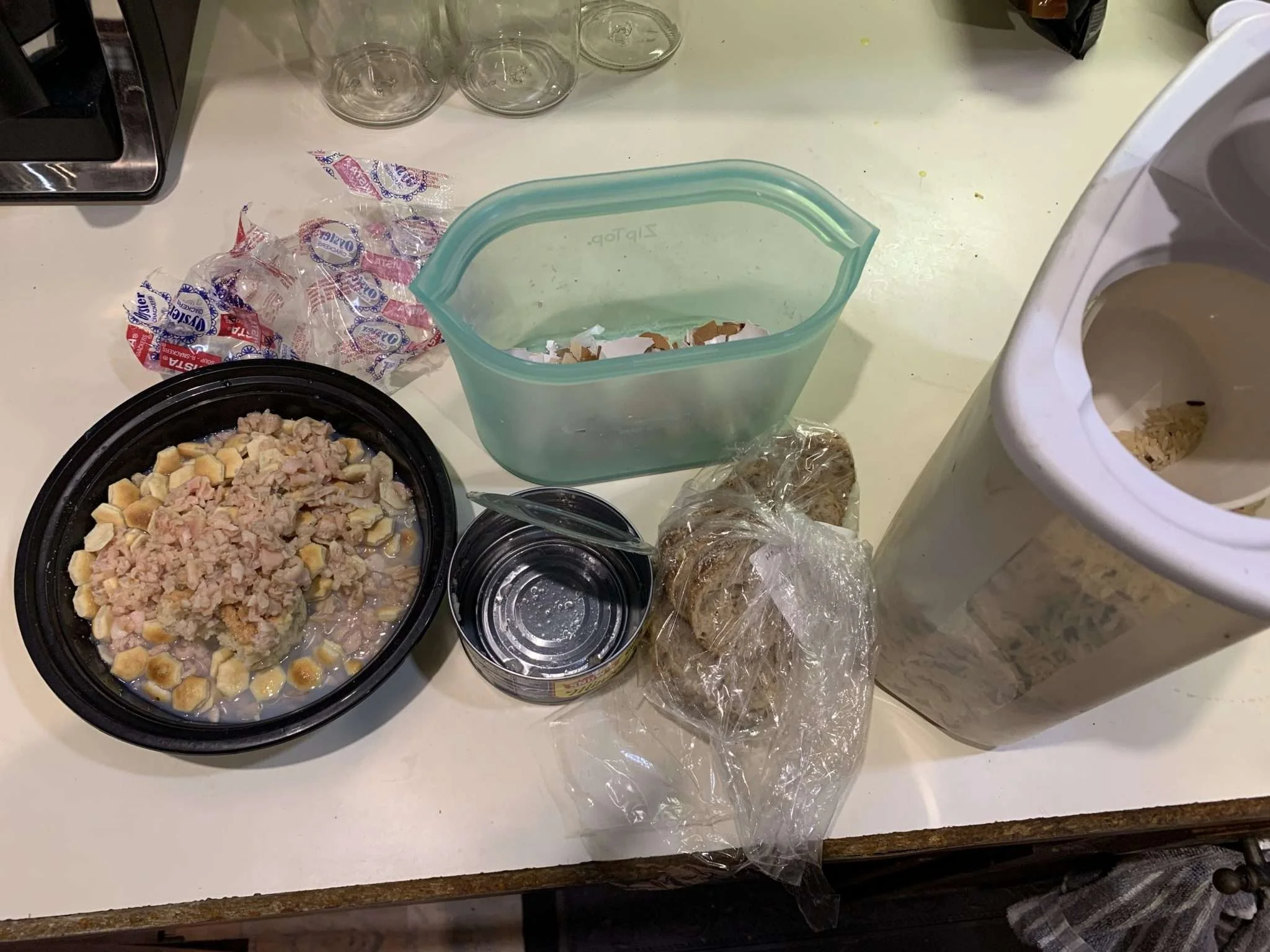Lesson: Food From Waste and Ash
Lesson: Food From Waste and Ash

This lesson: food from waste and ash is a reflection on what we as city dwellers consider waste. Why do we waste food? Why is it that we see food as a disposable item?
UN 17 Sustainable Development Goals
This is a great opportunity to get students to reflect on Sustainable Development Goals 1-8. It covers value, nutrition, entropy, waste, and reuse. These are the backbone of sustainability.
On a farm - especially and urban farm - It is expensive to waste materials. Then you must buy more to keep the system sustainable. But what if you didn't throw food away.
Discussing Disease
The opposite side of this is disease, rot and smelliness. We know that is unsanitary and most likely dangerous. How can we maximize the usefulness of food and keep systems sustainable.
In two short words:
- Triage
- Compost
Materials
- Various sources of food preferably grains, proteins, vegetables and oils
- A weight scale (digital preferably)
- A series of bowls
- The contents of the kids leftover lunches
- A chart for identifying caloric indexes of certain foods
- A compost bin
Instructions
- Collect the food items and organize them
- Make certain there is adequate space and sanitation
- Gloves are a plus here
- Allow students to feel uneasy about this process
- Recycle paper, metal, foil, and plastic if you can
- Determine how much raw material you have by weighing it as a whole
- Record that number.
- Begin sorting food by its level of decay
- Store food that is deemed as decayed in a safe, close place, you will need it soon
- Continue sorting food by its level of caloric density
- Use this Caloric Density Chart
- Once we have correctly identified food that can be reused begin to further process it
- Should humans eat this?
- Can Chickens eat This?
- Can Ducks eat this?
- Can songbirds eat this?
- Can rabbits eat this?
- Can fish eat this?
- Can crickets eat this?
- Can worms eat this?
- Consult the Animals Maintenance and Health Page to see what each animal Can eat
- Weigh the now reprocessed streams of food by the gram
- A few Math and Logistics notes
- 50 lbs (22,679 Grams) of feed costs $18 - that is $.007 per Gram
- How much feed offset have we achieved?
- How long would it take us to pay for a bag of feed?
- Create a table on the whiteboard that when given the cost of animal feed, how much money have we saved?
- If you have space, allow students to perform calculations on a whiteboard or on paper
- Allow them to work together
- If one student has strong multiplication and math skills, ask them to teach someone else
- Ask the students what they think they learned here


